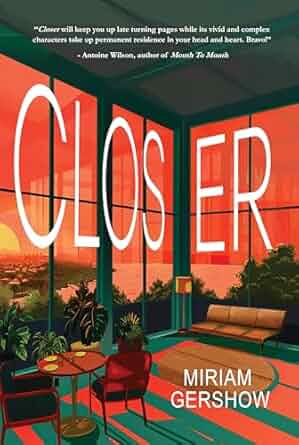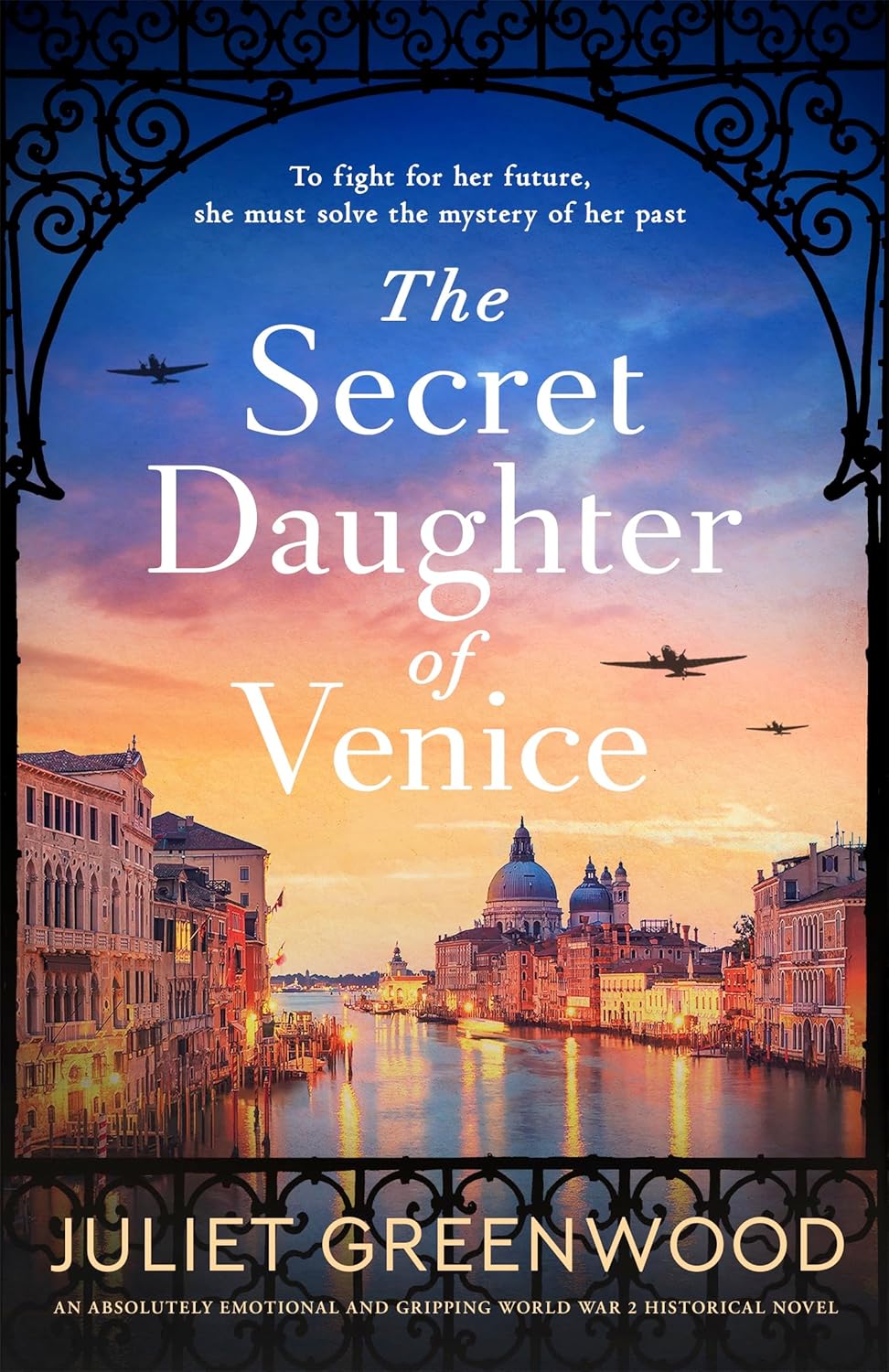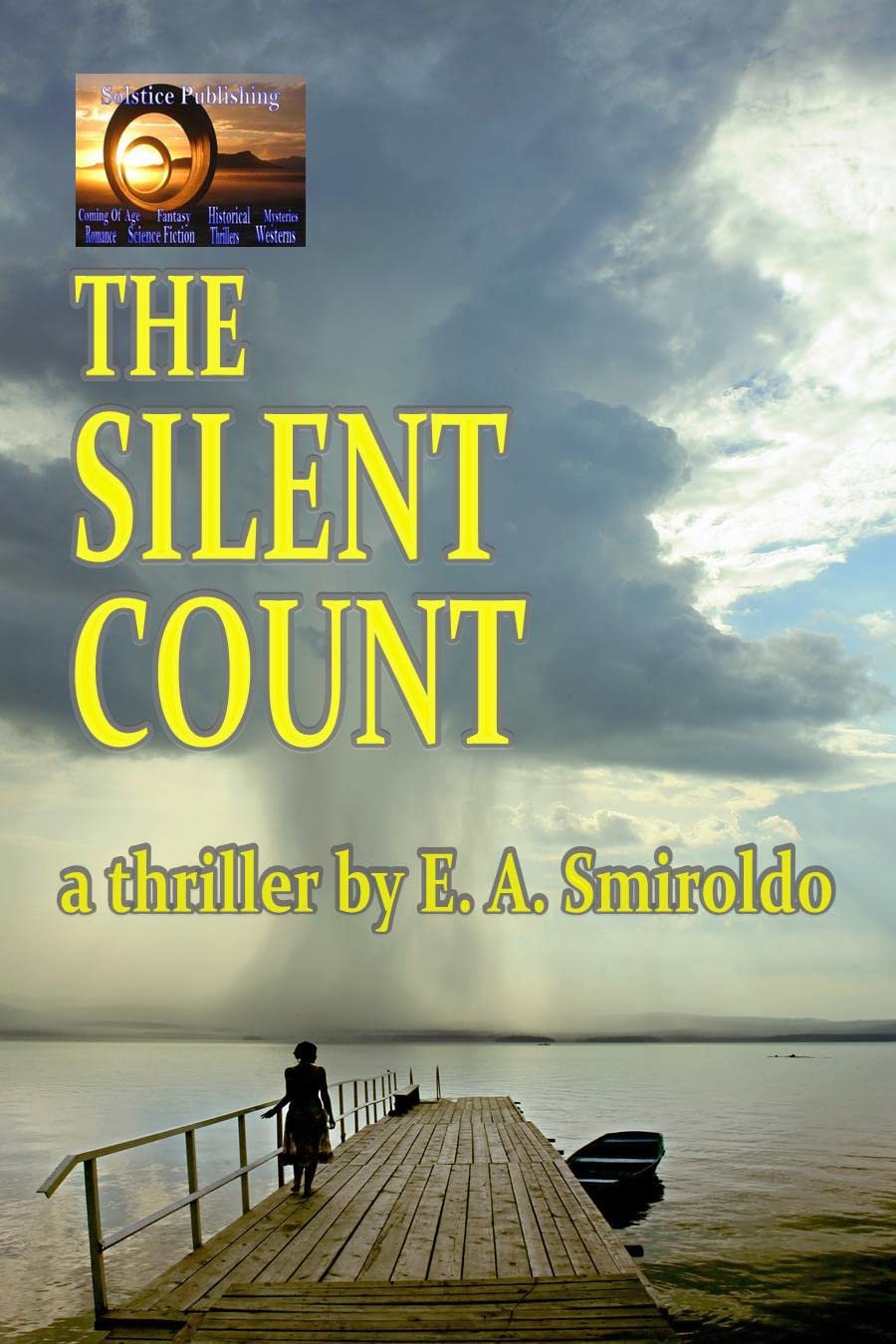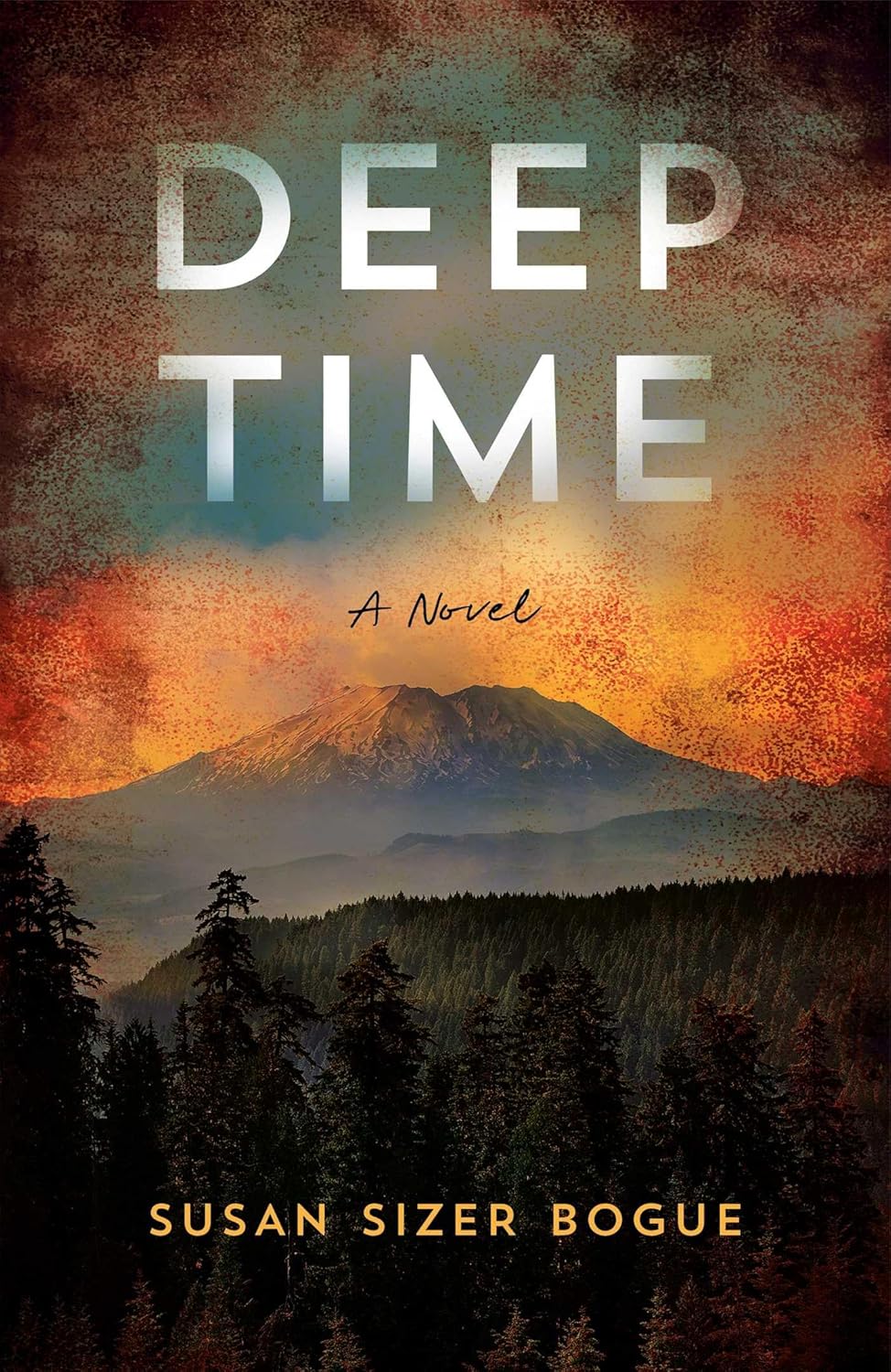Writing at the Intersection of Cultures By Ann Marie Jackson
Writing at the Intersection of Cultures
By Ann Marie Jackson
 I am fascinated by the places where cultures intersect and the means by which they do so. I believe that a great way to grow is to immerse ourselves in the unknown and have things we took for granted about how the world works come into question. As a writer, working within a new culture means having an abundance of interesting material at hand—and always wondering whether I correctly understand that material, whether I truly see what I think I am seeing.
I am fascinated by the places where cultures intersect and the means by which they do so. I believe that a great way to grow is to immerse ourselves in the unknown and have things we took for granted about how the world works come into question. As a writer, working within a new culture means having an abundance of interesting material at hand—and always wondering whether I correctly understand that material, whether I truly see what I think I am seeing.
An American woman, I have lived in Hirakata, Japan; Shanghai, China; Suva, Fiji; Oxford, England; various regions of the United States; and for the last decade, gorgeous San Miguel de Allende, Mexico. Each move entailed a challenging but rewarding effort to absorb a new set of unwritten societal rules. Here in San Miguel, I am raising my children and have become deeply involved in the community through their school, my nonprofit work, and my writing, so I like to think I have learned a good number of the rules. Yet in some habits and perspectives, I am still unmistakably American. Although I have eagerly soaked up Mexican culture, although I pride myself on being something of a global citizen, on some level I will always see the world through an American filter. In turn, I’m sure that one of the first things about me that registers in Mexicans’ minds, for better or worse, is that I am an American.
San Miguel de Allende presents an excellent case study of cultural intersection. This small city in the conservative heartland of Mexico has been home to a substantial American expat population since the end of World War II, when a man named Stirling Dickenson convinced the U.S. Government to allow veterans to use their G.I. Bill benefits to study art and language at two renowned cultural institutions here. The students were followed over succeeding decades by artists, writers, hippies, retirees, and now digital nomads, each wave of new arrivals integrating reasonably well into the community. This mestizaje, cultural mixing, has had profound effects, and along the way, San Miguel became a renowned international artistic center and destination. English is more widely spoken in San Miguel than almost anywhere else in Mexico, and for the most part, a healthy “live and let live” attitude has prevailed.
One particularly positive outcome is the NGO culture, which I often write about, that has taken root in San Miguel. There are over one hundred well-established, impactful nonprofit organizations here, many of them founded and funded by Americans.
Lately, however, as the city has become something of a victim of its own success, with tourism and gentrification driving prices up to unlivable levels, the strains are starting to show. When I recently waded carefully into the gentrification debate in one of my Mexico News Daily columns, that article provoked far more reader responses than any other.
I remember the first piece I published in Mexico, a short story entitled “Kindergarten Life Lessons, estilo Mexicano,” about a surreal performance by my son’s class. Each six-year-old child danced the role of a village archetype facing an enraged bull on the loose. The wise elder shuffled, an elegant gentleman pranced, a young man danced with bravado, a beauty charmed the bull, and the town drunk, played by a cherubic little girl, fell theatrically and repeatedly. Each one failed to capture or calm the beast, so the entire population of the village came together, but they still could not control the bull.
Finally, Death appeared. He lurched about wielding his scythe until the stage floor was covered in dead villagers. Even the cruel bull was finally brought down, for in the end, La Muerte conquers all. Death is always in the game, but ni modo, no worries, keep dancing. Hold your head high, celebrate life, and while you’re at it, why not do it with some style? The kids were stylish dancers and confident actors. The crowd loved it and so did I, but I can’t imagine that allegory being performed on the stage of an American primary school. A town drunk? Death as victor? It wouldn’t be appreciated in the same way.
In a classic immigrant parent dynamic, I have learned over the years to check my interpretations of many things with my now beautifully bilingual, bicultural teenage children, who intuitively understand both perspectives.
My debut novel further addresses the theme of cultures intersecting in complicated ways. The Broken Hummingbird wrestles with marital dissolution and cultural dissonance, following a woman’s struggle to truly know her new country and her own heart. I happened to be pitching the book just as a backlash arose against American Dirt, another novel set in Mexico by an American woman. The crucial difference is that I stay firmly in my lane by writing from the perspective of a privileged American protagonist reasonably aware of just how much she needs to learn about her beloved adopted country.
However, I believe it would be a shame if writers began to limit themselves to portraying little beyond that which they “own,” their own lived experience. Writing about the other cannot be disallowed—it is at the heart of many great works of literature—but it must be done with tremendous respect, humility, and one would hope, skill.
Should you have the opportunity to immerse yourself in another culture, I urge you to make the most of it. As expats, it is essential to see our experience as a privilege, a gift, and to remain curious and avoid generalizing or jumping to conclusions. Mexico, for example, is quite diverse, so when one Mexican makes a point, I would do well to remember that he is not speaking for the whole culture. Anywhere you go, it is helpful to find your tribe, those people with whom you share values, interests, and life stage. Get deeply involved, down in the weeds, with social groups, nonprofit organizations, sports leagues, or whatever submerges you in the everyday rhythms of life. If you remain a perennial tourist, comfortably stuck in the expat bubble, which is easy to do, there is so much that you will miss.
ANN MARIE JACKSON is co-founder of microlending organization Mano Amiga and former Vice President of Casita Linda, which builds homes for families living in extreme poverty in San Miguel de Allende, Mexico. Early in her career, after earning degrees from Stanford and Harvard, Jackson joined the U.S. Department of State to promote human rights in China and other East Asian and Pacific Island nations. She has worked with Human Rights Watch, A Better Chance, and Internews, among other organizations, to further social justice causes and advance respect for human rights. Her columns, short stories and essays appear in Mexico News Daily, San Miguel Life, THIS Top Destinos, Solamente en San Miguel, and more. The Broken Hummingbird is her first novel. Ann Marie can be reached through her website, annmariejacksonauthor.com.
THE BROKEN HUMMINGBIRD
 In the midst of a marital crisis, Jane hatches an unusual plan to avoid a custody battle, the thing she most fears: she convinces husband Kevin to walk away from the pressures of New York―in particular, her demanding job and an affair she almost had―in the hope that moving to their favorite city abroad will fix their family.
In the midst of a marital crisis, Jane hatches an unusual plan to avoid a custody battle, the thing she most fears: she convinces husband Kevin to walk away from the pressures of New York―in particular, her demanding job and an affair she almost had―in the hope that moving to their favorite city abroad will fix their family.
In San Miguel de Allende, Jane and her young sons delight in new adventures, but Kevin still seethes. Jane befriends a circle of intriguing women and helps two girls who remind her of the brother she abandoned when her own parents divorced. After witnessing violence involving the girls’ father, Jane’s vivid dreams, possibly guided by a hummingbird messenger from the hereafter, grow ever darker. When tragedy strikes San Miguel, the community fractures and then rises, and Jane must make a dangerous choice. The Broken Hummingbird balances the raw undoing of a marriage with the joys of discovery that lie in building a new life.
BUY HERE
Category: On Writing






























